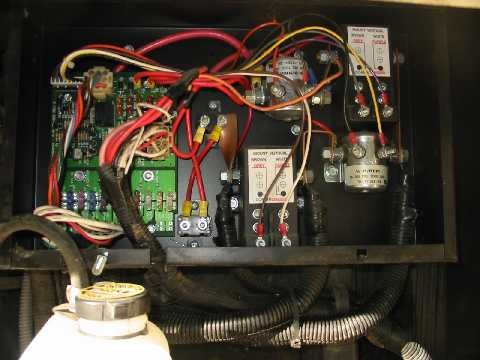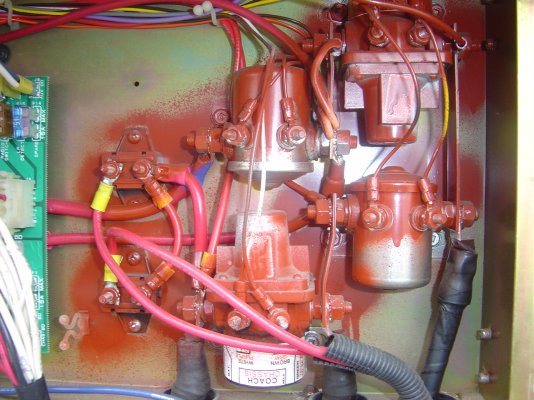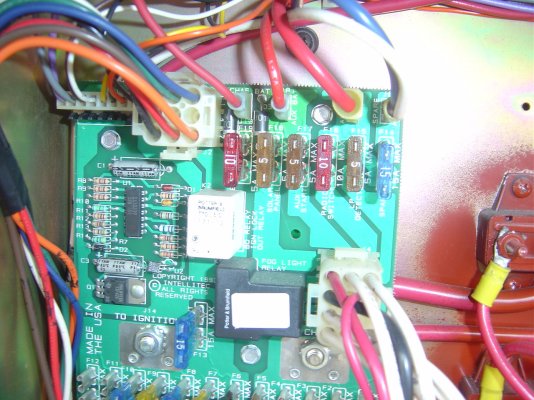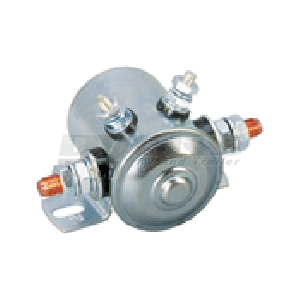ontheroadnow
Member
- Joined
- Jul 12, 2011
- Posts
- 22
Hi Folks,
RV is a 93 Fleetwood Southwind
I think I found the problem for the parasitic draw on the Chassis Battery and I want to be sure of this before i order a new one here http://www.shopfleetwoodparts.com/Battery-Disconnect-Solenoid_p_77.html
The Multi meter indicated a 4amp draw then went to .002 when I pulled the 10Amp fuse for the Battery Disconnect Solenoid. (I believe it to be the chassis Battery Disconnect Solenoid not the Coach Battery Disconnect Solenoid.
Questions.
1. Should the Chassis Battery Disconnect Solenoid continuously draw 4 amps or is it stuck and needs replaced?
2. I only found 1 fuse for the Battery Disconnect Solenoid. It indicates it's for the Chassis Battery Disconnect Solenoid. Does the Coach Battery Disconnect Solenoid has a fuse too or do they both use the same fuse?
Thank You.
RV is a 93 Fleetwood Southwind
I think I found the problem for the parasitic draw on the Chassis Battery and I want to be sure of this before i order a new one here http://www.shopfleetwoodparts.com/Battery-Disconnect-Solenoid_p_77.html
The Multi meter indicated a 4amp draw then went to .002 when I pulled the 10Amp fuse for the Battery Disconnect Solenoid. (I believe it to be the chassis Battery Disconnect Solenoid not the Coach Battery Disconnect Solenoid.
Questions.
1. Should the Chassis Battery Disconnect Solenoid continuously draw 4 amps or is it stuck and needs replaced?
2. I only found 1 fuse for the Battery Disconnect Solenoid. It indicates it's for the Chassis Battery Disconnect Solenoid. Does the Coach Battery Disconnect Solenoid has a fuse too or do they both use the same fuse?
Thank You.




